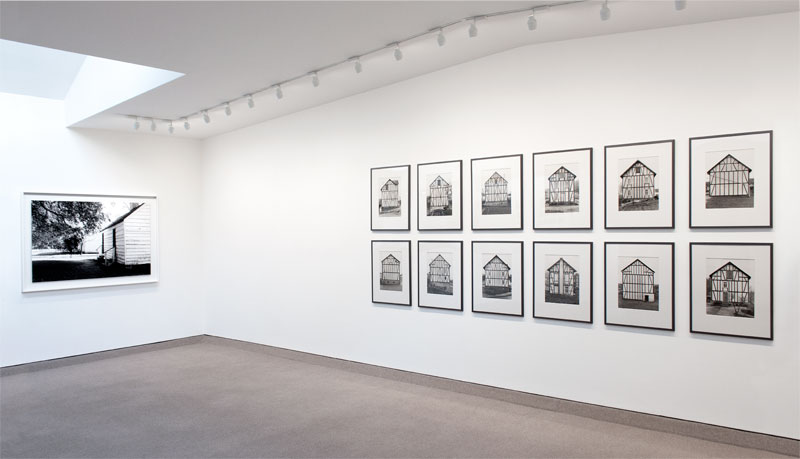
“Correspondences” displays works by Bernd & Hilla Becher, Seton Smith and a private collection of postcards of the Boston’s Old State House. Each artist’s work engages issues of comparison and so the premise of the show is to both exhibit this within and between the works.
Bernd & Hilla Becher spent their entire career photographing industrial structures in Europe and North America. They didn’t have “periods”. They had one massive project lasting nearly five decades. Their constant goal was to present photographs (usually in grids) of the architectural forms of industry. This emphasis on form is most crucial in the Bechers’ work. The photographs were taken under overcast skies to avoid shadows and from the same perspective. They did not want anything to distract from the pure form of the structures, which are thus elevated to the level of sculpture. The Bechers have made direct reference to this connection by titling an early show “Anonymous Sculptures”, and when their work won an award at the Venice Biennale in 1991, it was actually in the sculpture category. In addition to form, the Bechers’ work engages the issue of memory. They were interested in the speed at which technology and design preferences evolve, leaving old preferences and innovations in the dust, often to be destroyed. They worked actively to preserve memories of these structures by photographing them and, on numerous occasions, photographing one end of a structure while it was being torn down at the other end. This memory, though, has neither nostalgia nor sentimentality. The photographs’ consistently straightforward style prevents the injection of emotion into any of the images. As viewers, we have no idea if the building in front of us still stands today or was leveled years ago, and thus we are left with much work to do (compare, examine, explore, etc.) and much that cannot be done (know) and thus our viewing of the Bechers’ work has an aura that is within the work, as well.
Seton Smith is a photographer, known for her explorations of soft-focus, lush colors, elegant interiors, the presence of absence and imbued subjective memories. She has created a new body of work that exhibits the same sensitivity and openness to subject and yet are also heading in a semi-new direction – black & white, exterior and sometimes in sharp focus. Each of the three works presents a different example of American vernacular architecture – a Southern slave cabin, an Adirondack house and a Maine Colonial. By treating them similarly, Smith gives the viewer the opportunity to question the subject and one’s relation to it and yet, by treating each structure as an individual, there is the opportunity for the romantic, the subjective and the personal. Smith’s work is in the collections of the Centre George Pompidou, Paris; The Whitney Museum of American Art, New York; Los Angeles County Museum, L.A.; Musee d’Art Moderne de la Ville de Paris; Israel Museum, Jerusalem; and MAMCO, Geneva, among others.
Lastly, the exhibition contains a private collection of 60+ postcards, with the oldest being from the 1890’s and the newest from the 2000’s, with images of Boston’s Old State House. The Old State House is the oldest and most important public building in American history prior to the Revolution, where John Adams insisted, “Independence was born.” The site of the Boston Massacre, where five men lost their lives as well as the location on that moment in July, 1776, when the Declaration of Independence was first read to the people of Boston. But the history of the site is merely topical within any of the images. The collection, as an ongoing and increasing whole, tells the story not only of the site, but of perceptions of the site and changes to those perceptions over time. Needless to say, it also tells the story of the postcard industry in the US in the past 100 years. And so, while not artistically refined in the same way that Smith and the Bechers’ works are, the collection does provide another example of comparative presentation with the potential for deep and broad exploration.
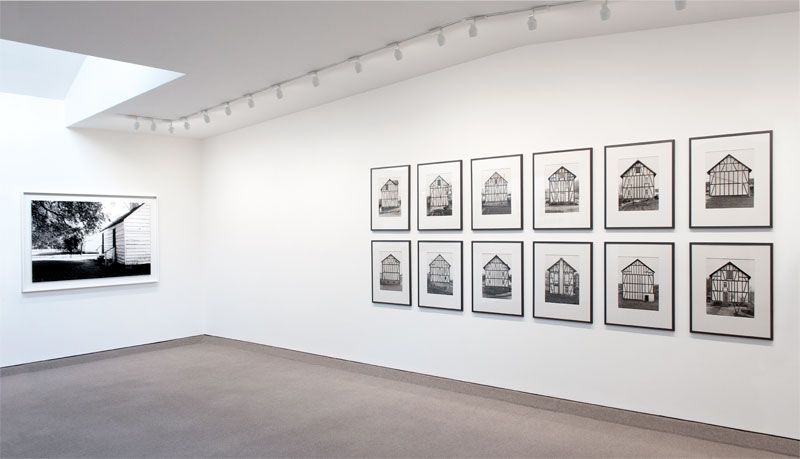
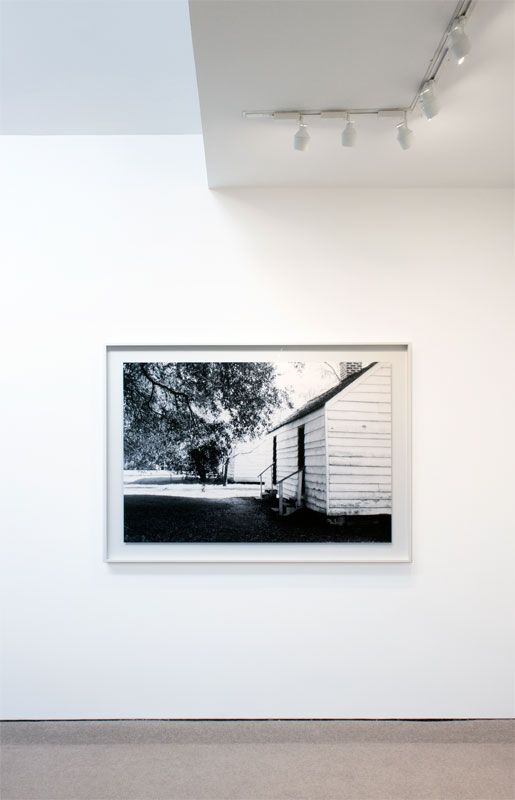
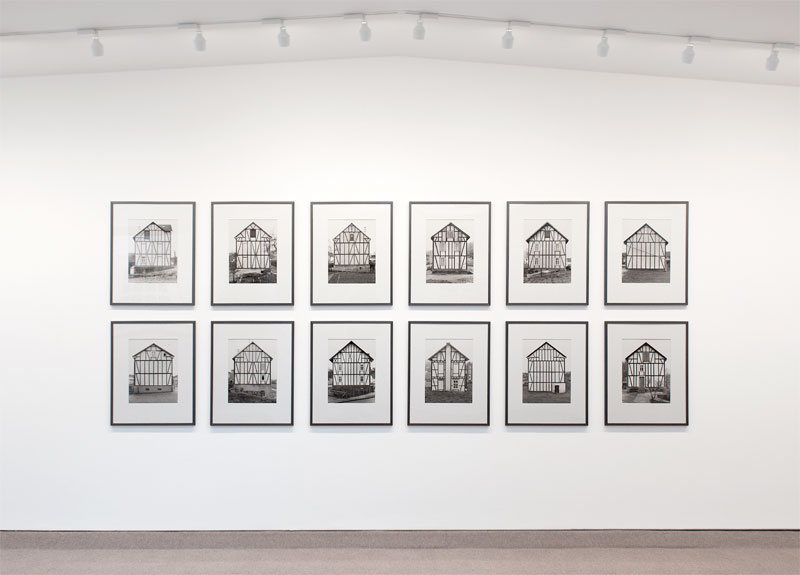
Edition of 50
Signed and numbered by both artists on each sheet
Image size: 15 7/8 x 12 1/8 inches each (40.3 x 30.8 cm each)
Paper size: 24 3/4 x 19 5/8 inches each (63 x 50 cm each)
Frame size: 26 1/4 x 21 1/8 inches each (66.7 x 53.7 cm each)
(Inventory #23973)
Edition of 50
Signed and numbered by both artists on each sheet
Image size: 15 7/8 x 12 1/8 inches each (40.3 x 30.8 cm each)
Paper size: 24 3/4 x 19 5/8 inches each (63 x 50 cm each)
Frame size: 26 1/4 x 21 1/8 inches each (66.7 x 53.7 cm each)
(Inventory #23973)
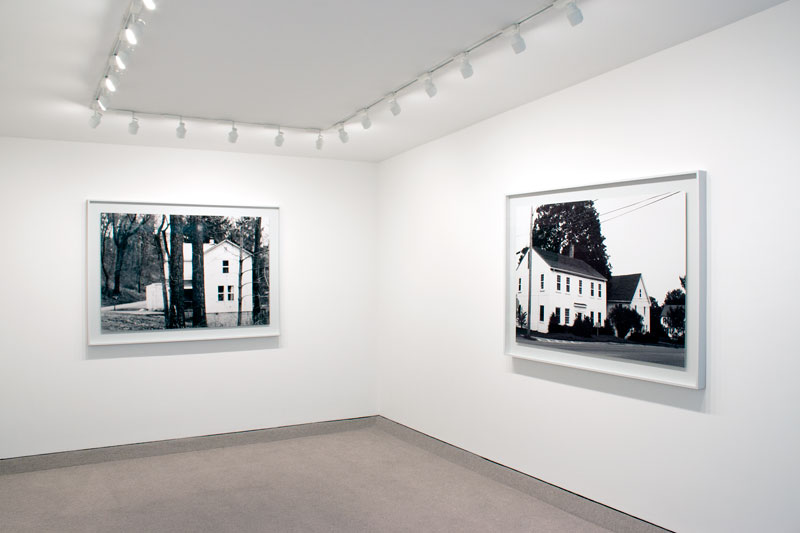
Image size: 36 x 53 1/4 inches (91.4 x 135.3 cm)
Frame size: 43 1/2 x 60 3/4 inches (110.5 x 154.3 cm)
Edition of 6
Signed and numbered on reverse
(Inventory #27730)
Image size: 36 x 53 1/4 inches (91.4 x 135.3 cm)
Frame size: 43 1/2 x 60 3/4 inches (110.5 x 154.3 cm)
Edition of 6
Signed and numbered on reverse
(Inventory #27730)
Image size: 36 x 53 inches (91.4 x 134.6 cm)
Frame size: 43 1/2 x 60 3/8 inches (110.5 x 153.4 cm)
Edition of 6
Signed and numbered
(Inventory #27728)
Image size: 36 x 53 inches (91.4 x 134.6 cm)
Frame size: 43 1/2 x 60 3/8 inches (110.5 x 153.4 cm)
Edition of 6
Signed and numbered
(Inventory #27728)
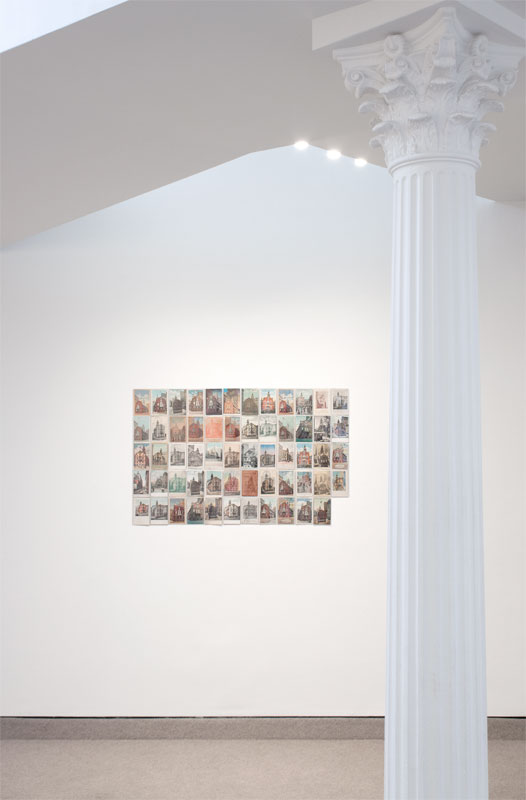
dimensions of each card vary
(Inventory #28449)
dimensions of each card vary
(Inventory #28449)
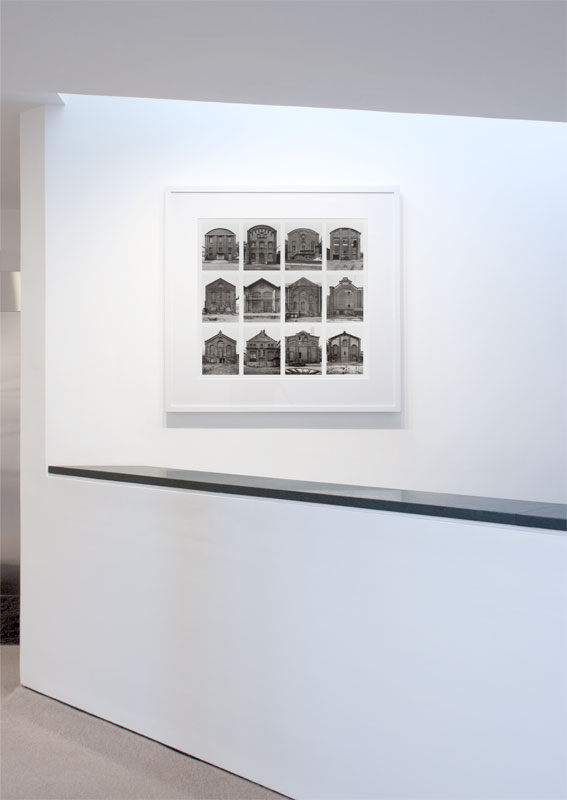
Image size: 27 5/8 x 29 1/4 inches (70.2 x 74.3 cm)
Paper size: 35 1/2 x 36 5/8 inches (90 x 93 cm)
Frame size: 41 x 42 1/4 inches (104.1 x 107.3 cm)
Edition of 40
Signed “B Becher” and “Hilla Becher”, numbered all on verso
(Inventory #20613)
Image size: 27 5/8 x 29 1/4 inches (70.2 x 74.3 cm)
Paper size: 35 1/2 x 36 5/8 inches (90 x 93 cm)
Frame size: 41 x 42 1/4 inches (104.1 x 107.3 cm)
Edition of 40
Signed “B Becher” and “Hilla Becher”, numbered all on verso
(Inventory #20613)
10 Newbury Street, Boston, Massachusetts 02116
617-262-4490 | info@krakowwitkingallery.com
The gallery is free and open to the public Tuesday – Saturday, 10am – 5:30pm